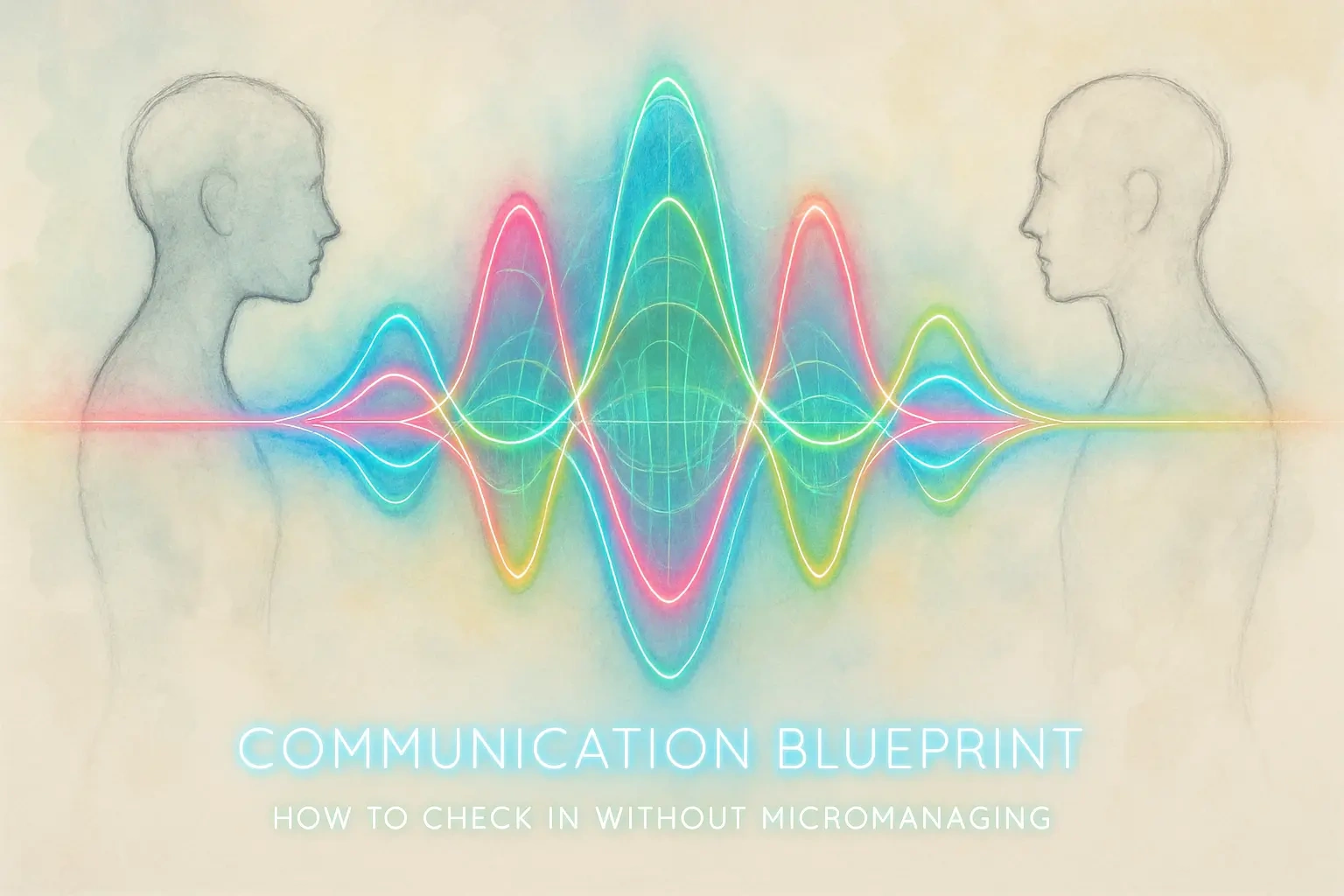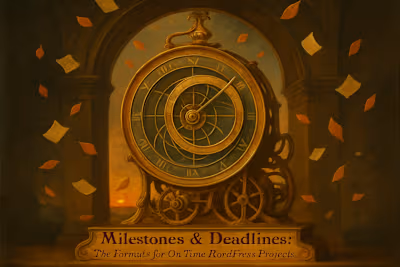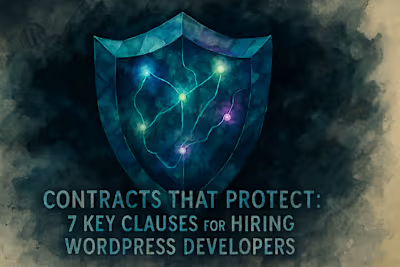Communication Blueprint: How to Check In Without Micromanaging

Communication Blueprint: How to Check In Without Micromanaging
The High Cost of Poor Communication
How Silence Leads to Misalignment
The Trust-Killing Effect of Micromanagement
Crafting Your Project Communication Plan
Step 1: The Kick-Off Meeting
Step 2: Choosing the Right Communication Channels
Step 3: Establishing a Communication Cadence
Step 4: Defining a Single Point of Contact
How to Provide Feedback That Gets Results
Be Specific, Timely, and Actionable
Bundle Your Feedback
Focus on the Project Goals, Not Personal Preferences
Navigating Challenges and Delays Proactively
Creating a 'No-Blame' Environment
Focusing on Solutions, Not Problems
Conclusion
References
Communication Blueprint: How to Check In Without Micromanaging
The High Cost of Poor Communication
How Silence Leads to Misalignment
The Trust-Killing Effect of Micromanagement
Crafting Your Project Communication Plan
Step 1: The Kick-Off Meeting
Step 2: Choosing the Right Communication Channels
Step 3: Establishing a Communication Cadence
Step 4: Defining a Single Point of Contact
How to Provide Feedback That Gets Results
Be Specific, Timely, and Actionable
Bundle Your Feedback
Focus on the Project Goals, Not Personal Preferences
Navigating Challenges and Delays Proactively
Creating a 'No-Blame' Environment
Focusing on Solutions, Not Problems
Conclusion
References
Posted Jul 6, 2025
Effective communication is key to freelance projects. Learn how to establish a communication plan with your WordPress developer that fosters trust and ensures progress.









